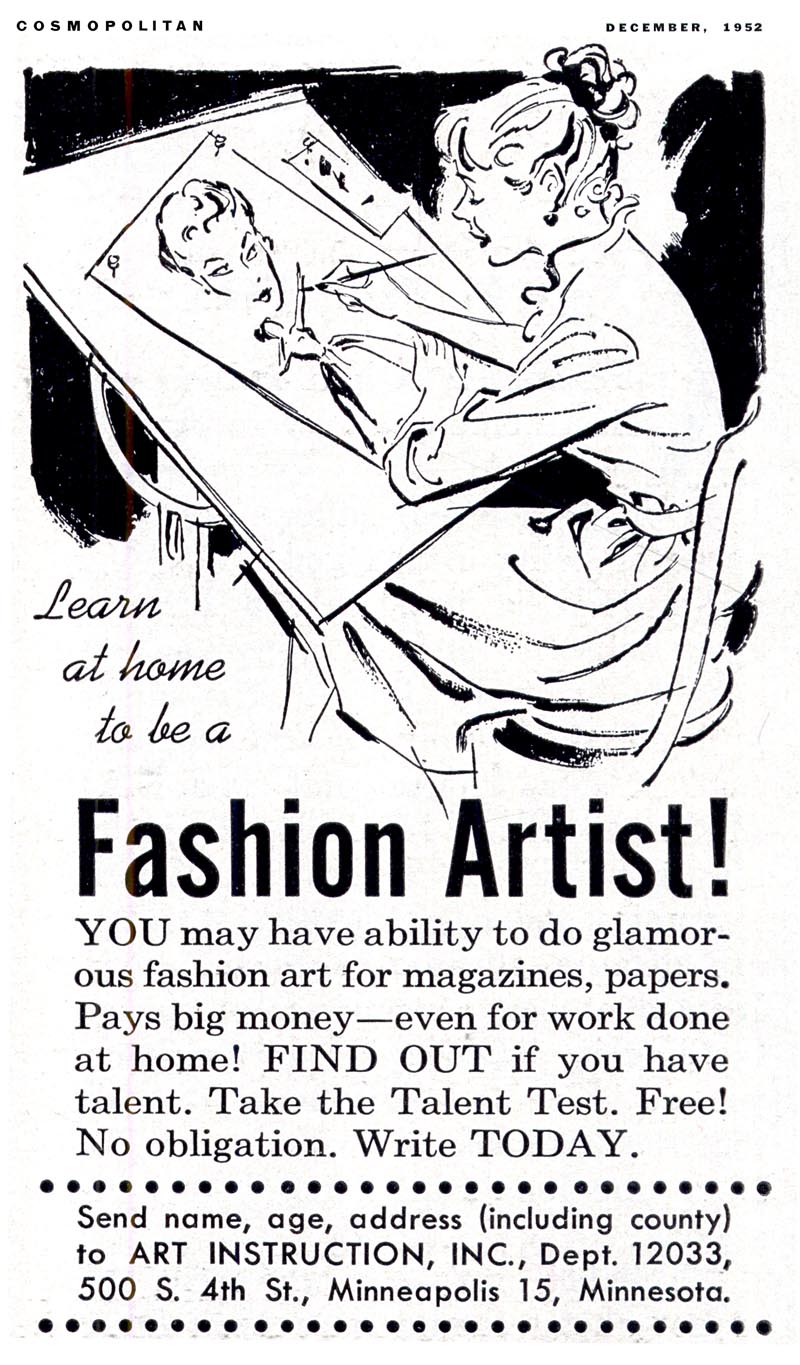
Merele told me, "Much of my success was as a result of talent and luck. Fortunately the competition for work back then was not as ferocious as it is today. I do recall being received well at most art director's offices... many were aware of the illustrations I had done at Neiman Marcus. My name had been in several Art Directors Annuals and the ads had won awards...that publicity helped."
"I did fine on my own... I worked regularly [for the magazines] and the ad agencies were keeping me busy as well."
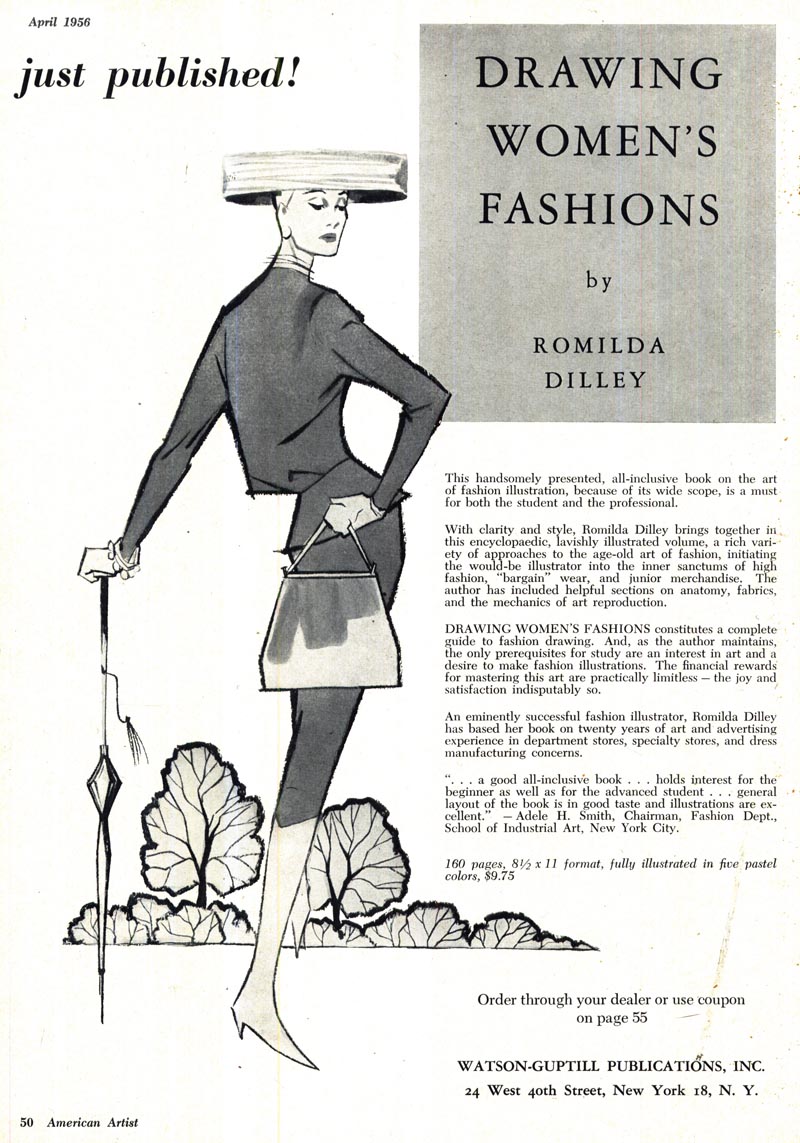
Merle's experience seems born out by my research in various mid-20th century publications. The Famous Artists School magazine regularly featured a "Showcase" about successful graduates. Every issue I have contains at least on example of an FAS graduate who found steady work doing fashion illustration for their local newspaper or as a staff artist at their hometown department store.
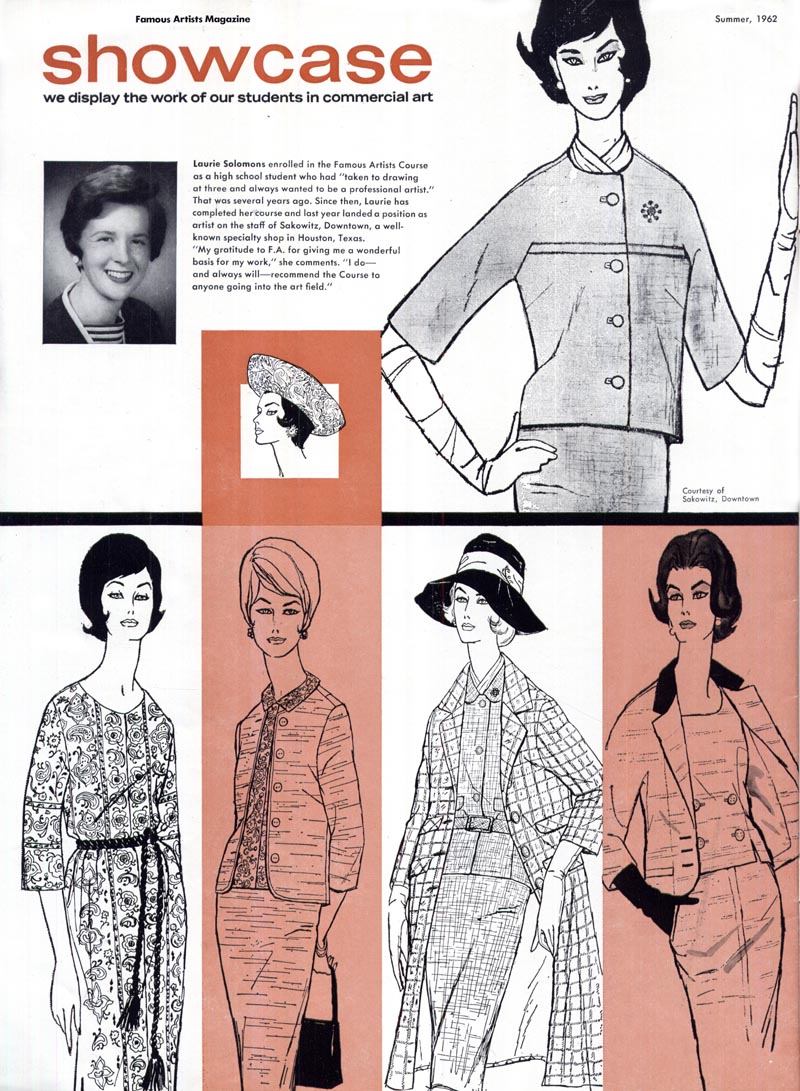
It struck me that this is yet another example of how times have changed for the illustration business. Back in the mid-20th century, every major town and city would have had a local independent newspaper and at least one major independent department store.

In the days before national chains and comglomerates absorbed the independents (or drove them into bankruptcy) all those businesses - and many others I'm probably overlooking - would have needed someone locally who could draw fashion illustrations for them on a regular basis.
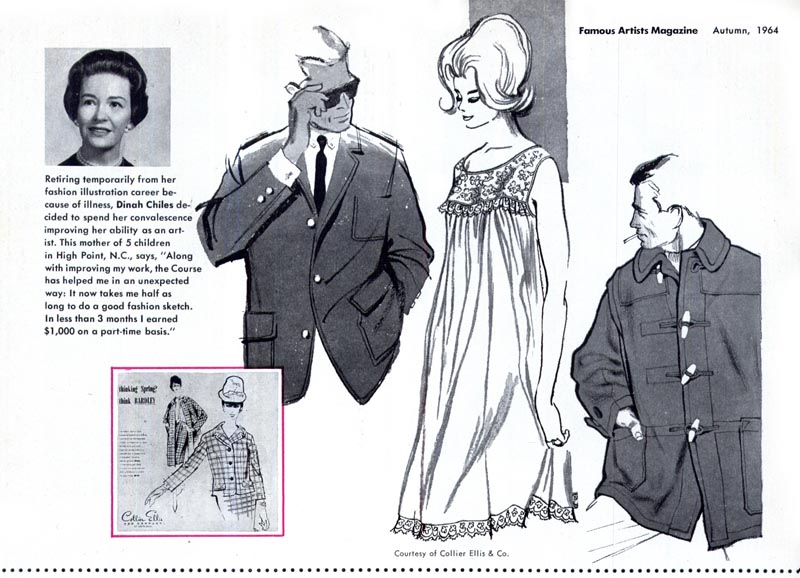
That's how someone like Carolyn Jagotis of South Bend, Indiana (below) was able to go from being a secretary to "a busy career built around a drawing board instead of a typewriter ... [drawing] newspaper merchandise and fashion illustration" - and not have to move to New York or L.A. to achieve her career ambitions.
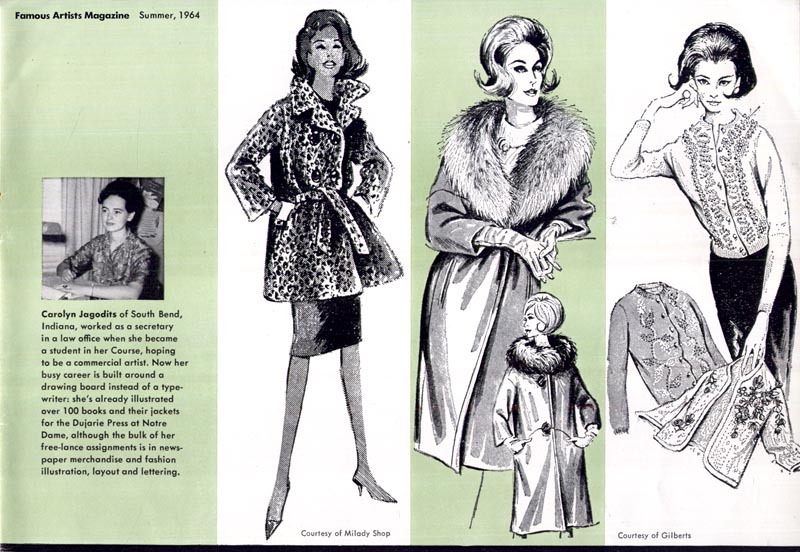
Of course compensation in South Bend, Indiana or any other small centre would have been substantially lower than what Merle Bassett was earning in New York City (Merle recalled once receiving $2,000 for a double page advertising spread). A 1954 American Artist article comparing the merits of various types of commercial art markets suggested that department store fashion illustrators should expect low pay and rushed working conditions.
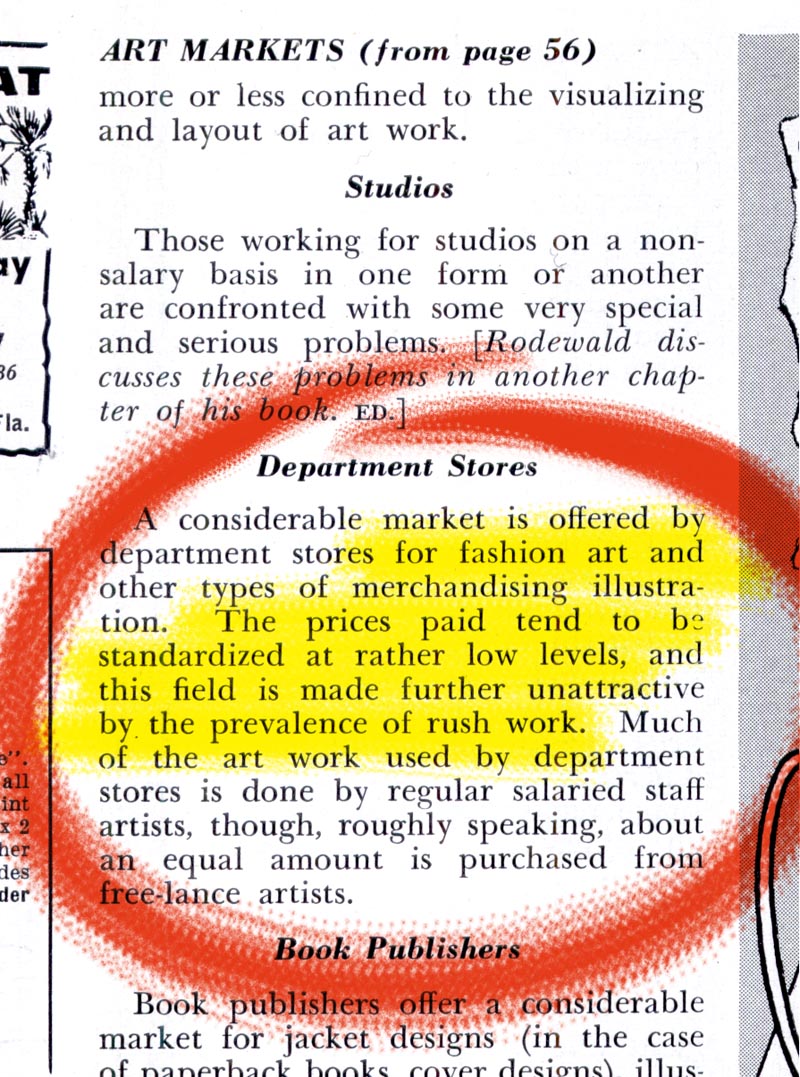
Still, as one person commented the other day on my Flickr page, "No matter how bad the prices are they can't be as bad as 99designs!" Many of today's graphic artists would probably be more than thrilled to trade places with the low paid and rushed illustrators of the 1950s!
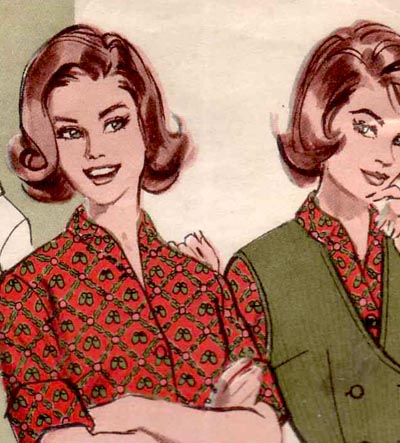
Speaking of which, here are a couple of Butterick clothing pattern envelopes sent to me by a TI list member. Another example of how illustrators were employed by the fashion industry.
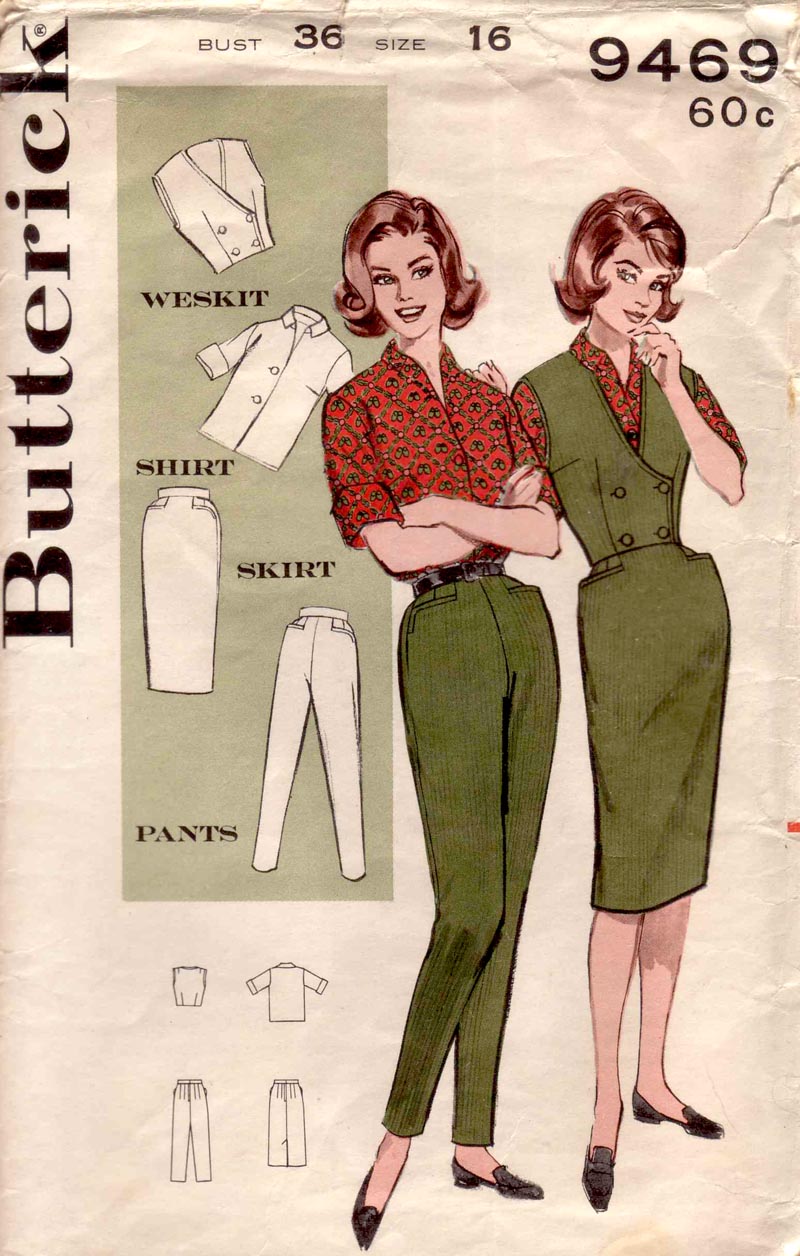
How many thousands upon thousands of these envelopes have needed to be illustrated over the years? Take a look at the Vintage Pattern group on Flickr. It boggles the mind...
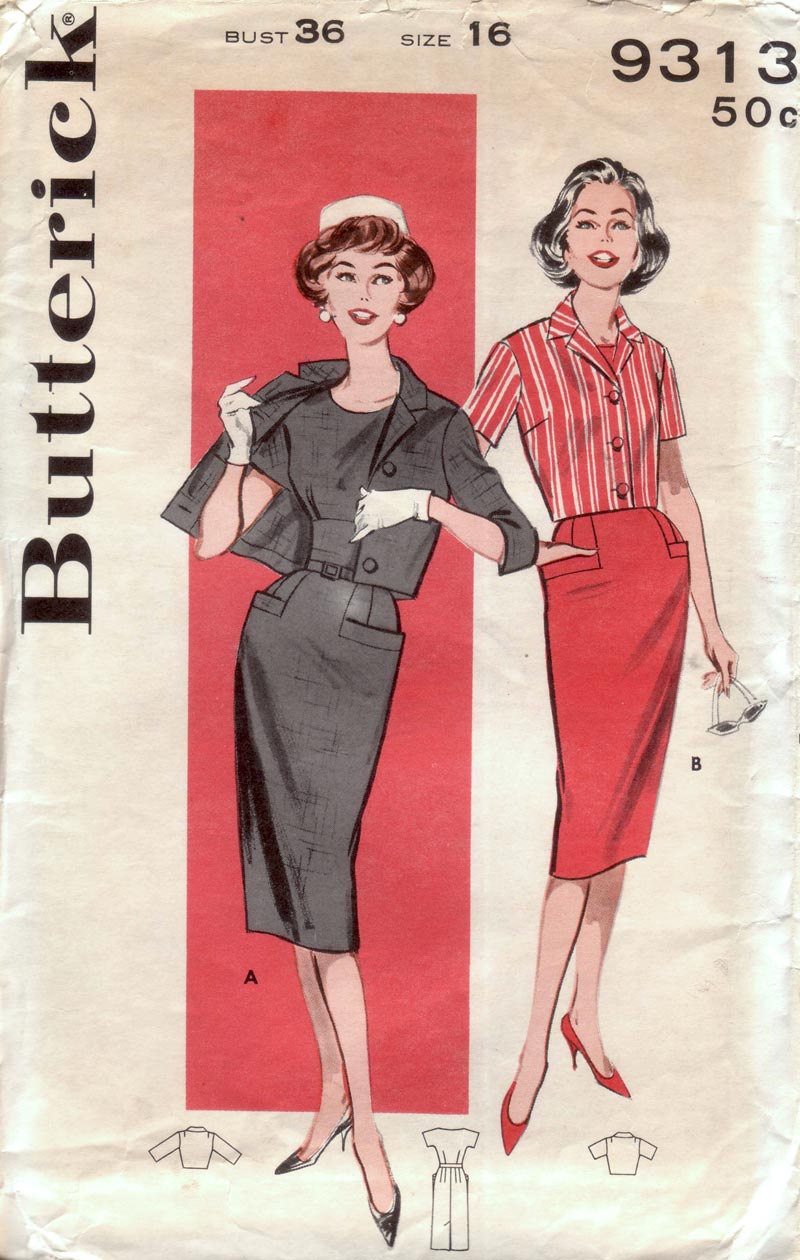
Finally, here are two gorgeous newspaper fashion ads from the Globe and Mail, from 1962 and '63 - for Eaton's department store. Beautifully designed and illustrated, and intended to be seen for one day - and then discarded.
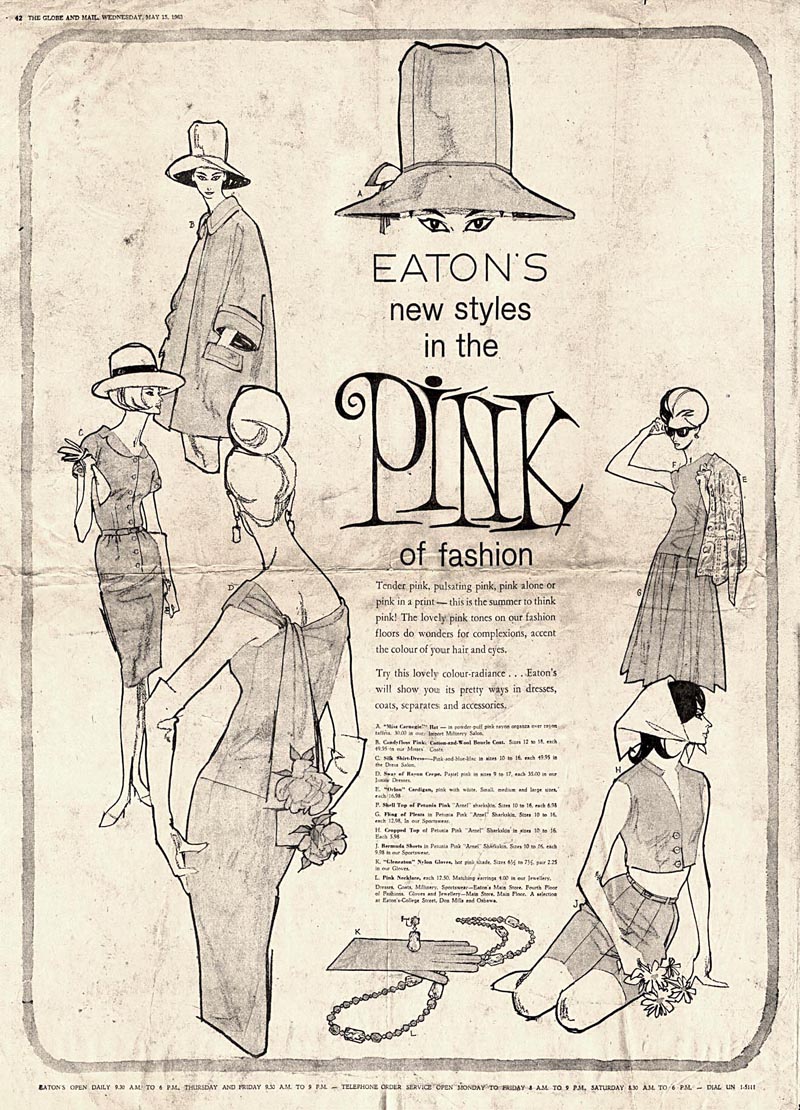
Just imagine the volume of artwork that must have been produced over the decades for just this one store - then extrapolate that number over the entire continent!
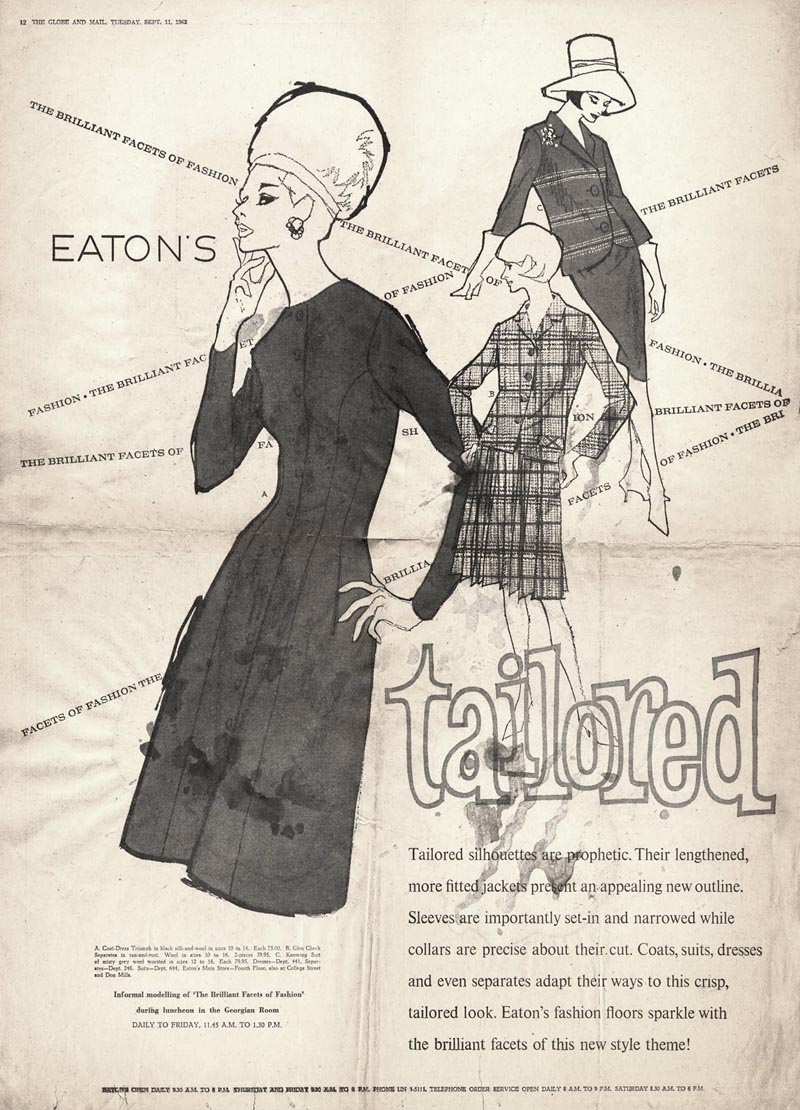
The Boston Museum of Fine Arts has an extensive collection of original fashion illustrations by KPB, Fred Greenhill, Richard Ely, Jack Potter, Morton Kaish, John Woods, Dorothy Hood, Antonio, Jackie Doyle, Mia Carpenter, Phil French and many others. For those who do not live in the Boston area, the museum has more than 200 pages of fashion artwork available for viewing online.






0 comments:
Post a Comment